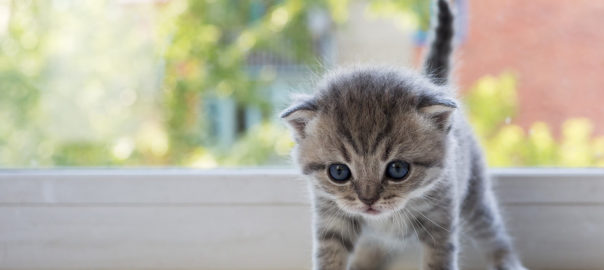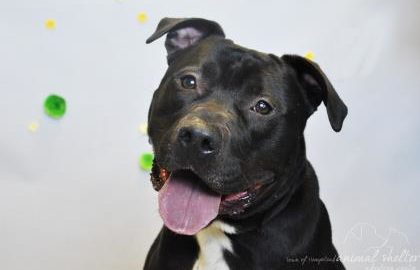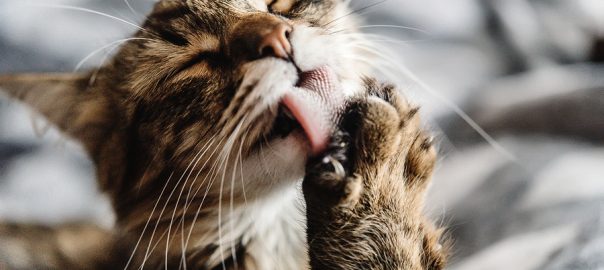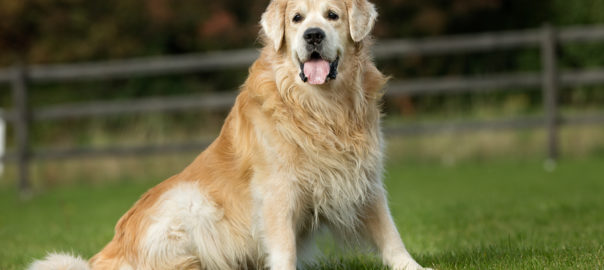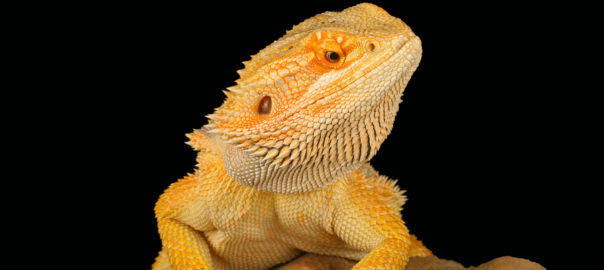One of my books is called Do Cats Always Land on their Feet?, so it’s funny that a reader wrote asking me that exact question!
Q: Is it true that cats always land on their feet? Has anyone actually studied that?
A: The physics of feline movement is a fascinating topic for any curious scientist or animal lover. Believe it or not, it’s something that has been studied for at least 150 years. Scottish physicist James Clerk Maxwell, known as the father of modern physics, was interested in how cats righted themselves after a fall, and in 1894, French scientist Etienne Jules Marey used high-speed photography to document the sequence of movements made by the body of a falling cat. (The cat survived, stalking away with an “expression of offended dignity.”)
The way it works, apparently, is that the cat first rotates his head into position so he can see the ground. He then twists his body so that his feet are oriented toward the ground. Once the body is correctly positioned, the cat spreads his legs outward, flying-squirrel style, and relaxes his muscles. That helps to spread out the force of the impact.
Don’t try this experiment on your cat at home. Just because cats often — not always — land on their feet doesn’t mean they always walk away without injury. City veterinarians see cases of cats with “high-rise syndrome”: They survive falls from as high as 30 stories, but they suffer severe injuries, including broken legs, broken jaws and collapsed lungs. Interestingly, the most dangerous falls are from two to six stories, possibly because the cat doesn’t have enough time to set himself up for the best landing. Falls from higher than 30 stories are not survivable.
If you live in a high-rise building, or even if your cat simply enjoys sunning himself on your one-story balcony, protect him from falls with window screens or other barriers that will prevent him from taking a leap into the void.
Read more, including how to improve your senior pet’s quality of life and help them live longer, in this week’s Pet Connection!
